The Book That Made Me Stop and Think About How I Read
Most readers forget 90% of what they read within a week. You finish a book feeling inspired, but a week later, all you can recall is a handful of half-remembered quotes. That’s where Carnegie’s 9 reading tips can help!
When I returned to Carnegie’s book after 15 years (How to Win Friends and Influence People), I realised just how true that was. Despite its impact at the time, all I could remember now were a few scattered ideas.
But buried in the introduction was a surprise I didn’t remember: a 9-step guide. Not for winning friends, but about how to read the book to remember more and apply more.
Carnegie wrote the guide nearly a century ago, but the advice is still solid. I’ll unpack Carnegie’s 9 reading tips, and update them with modern tools so they work even better in today’s world.
After reading Carnegie’s 9 reading tips, you’ll know how to:
- Remember more of what you read.
- Apply insights immediately to your own life.
- Turn reading into lasting change.
Although written for How to Win Friends, these steps apply to any book. Let’s dive in.
Carnegie’s 9 Reading Tips:
- 1. Develop a Deep, Driving Desire to Learn
- 2. Read Each Chapter Twice
- 3. Stop and Think While Reading
- 4. Read with a Pen or Highlighter in Hand
- 5. Review the Book Regularly
- 6. Apply the Principles at Every Opportunity
- 7. Turn It into a Game
- 8. Weekly Self-Examination
- 9. Record Your Triumphs
- From Passive Reader to Active Learner With Carnegie's 9 Reading Tips
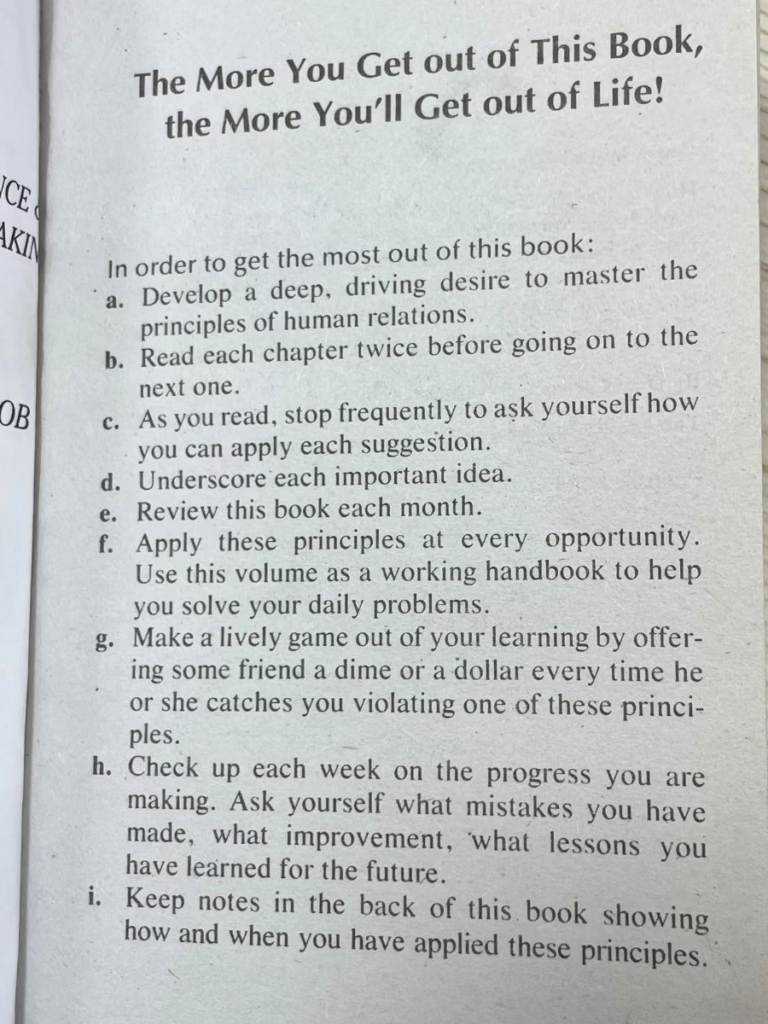
Download a single page PDF with Carnegie’s 9 Reading Tips here!
1. Develop a Deep, Driving Desire to Learn
Carnegie calls this the indispensable requirement for any reader. A clear reason for reading.
In my years in the classroom, one thing has never changed: if someone doesn’t want to learn, they won’t.
One hour with a willing student is far more effective than 100 hours with an unwilling one. The same is true with books.
How can you apply this
- Write down your purpose. Before opening a book, write down why you’re reading it.
- Ask two questions. “What do I want to learn?” and “How will this improve my life?”
- Anchor your motivation. Keep your reason visible (on a sticky note, at your desk, in a journal or notes app.)
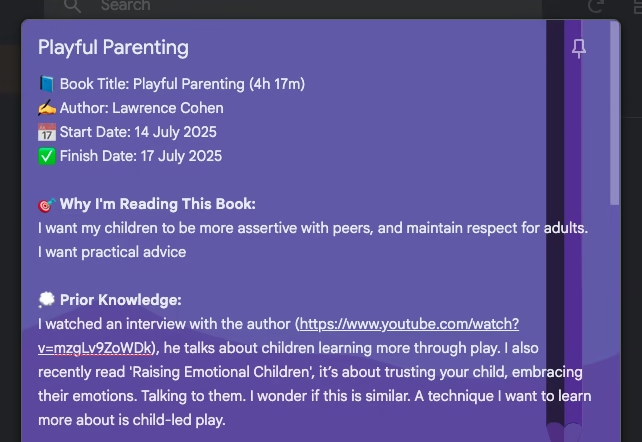
2. Read Each Chapter Twice
If you want to truly remember what you read, you have to read more than once.
Carnegie advises skimming a chapter for the key concepts, then reading again to absorb the details.
It might feel slower, but it saves time. Better to read carefully now and retain more than rush, forget, and start over.
Since Carnegie’s time, more efficient methods for retention have emerged. Personally, I still find value in a preview → read → reflect structure. I often watch or read a short summary first to prime the chapter. That’s my ‘skim’ step.
How can you apply this
- Preview first. Watch a short YouTube summary or read a chapter outline to prime your mind.
- Read in detail. Take your time with the chapter, prioritise comprehension over speed.
- Experiment. Try retention methods like SQ3R, the Feynman Technique, or Spaced Repetition to see which works for you.
3. Stop and Think While Reading
The obsession with speed reading and book counts misses the point. One book that changes your life beats 50 books you forget.
A good book shouldn’t be rushed. Take it apart, question it, criticise it. When you hit an idea, pause and decide how you’ll use it.
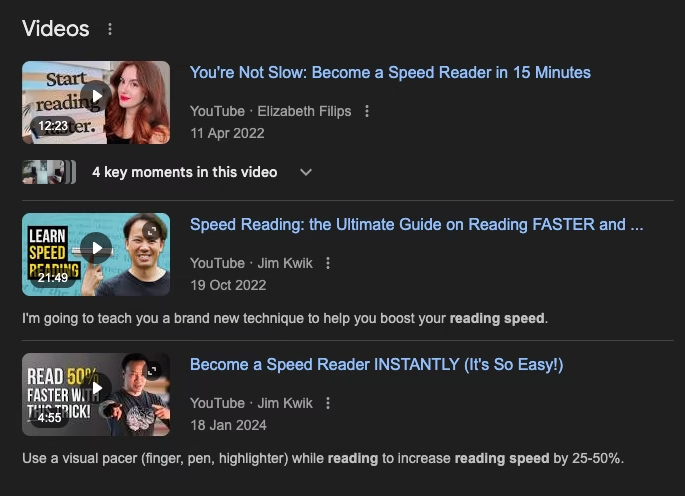
How can you apply this
- Pause with intent. Take short breaks between sections to note down ideas for reflection before moving on.
- Ask: “How does this apply to me?” and “What can I do now?”
- Choose depth over speed. Resist the urge to finish. Slow down when a section deserves more attention.
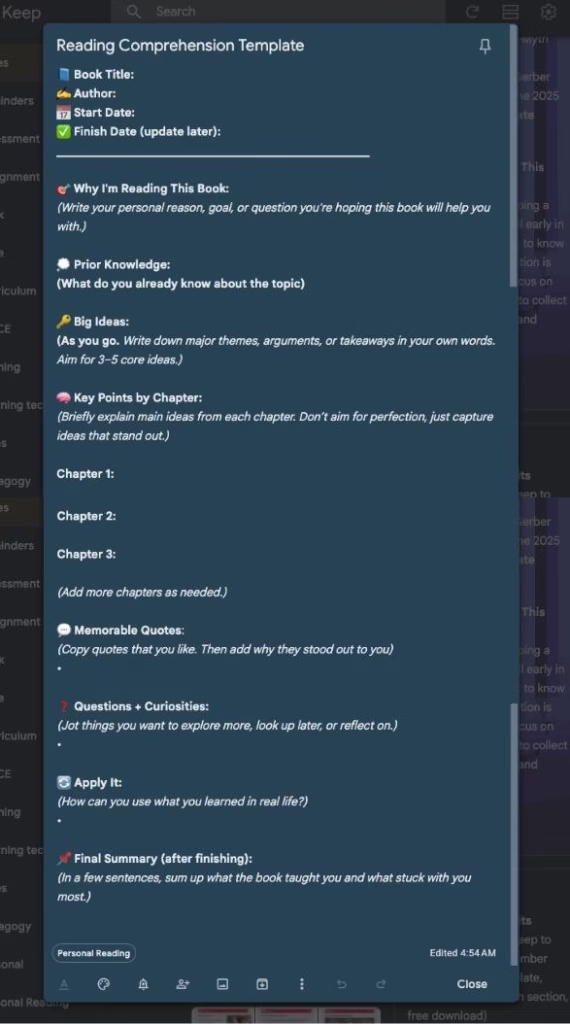
4. Read with a Pen or Highlighter in Hand
Writing notes as you read locks ideas into memory.
Highlight key lines, underline useful passages, and jot down quick notes. If you don’t want to write in the book, use sticky notes, or an e-reader, which makes highlights and comments easy to revisit.
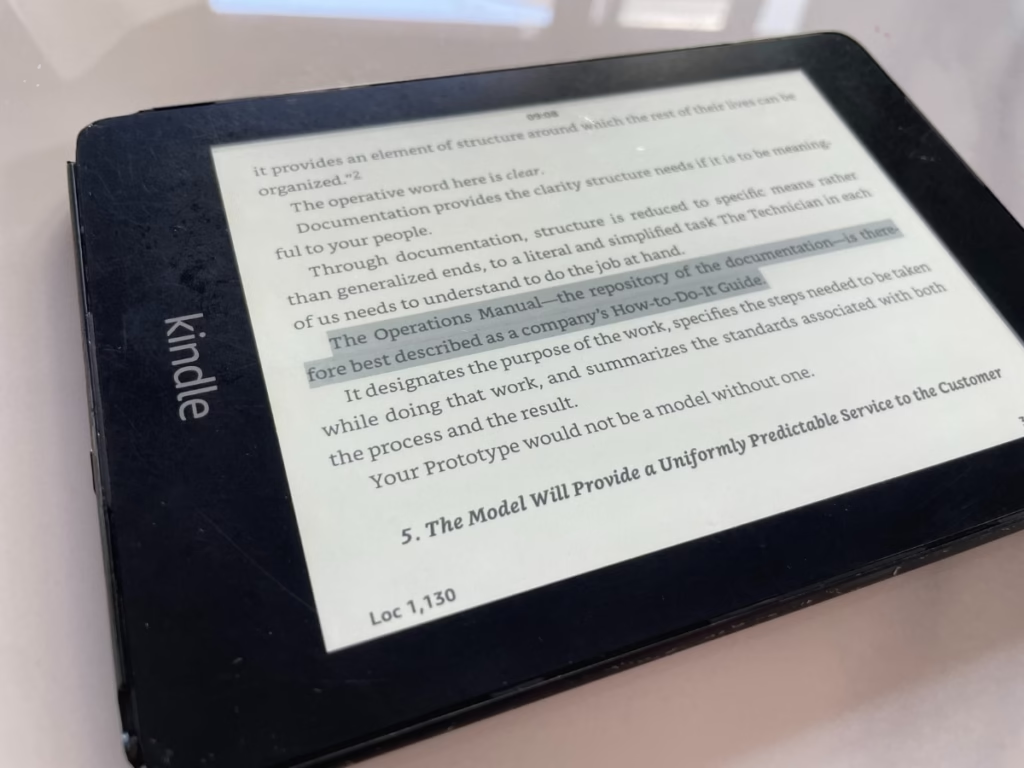
How can you apply this
- Link ideas. Note when a passage reminds you of another book or personal experience.
- Summarise highlights. Rephrase key quotes in your own words, then turn it into action.
- Ask questions. Every few pages, write down one idea to research further.
- Bonus. If you use a Kindle, export notes into a tool like ChatGPT to get quick summaries and next steps.
ChatGPT prompt: Here are my notes on [Book]. Summarise the information and give me 3 things I can do tomorrow to start applying them to my own life.
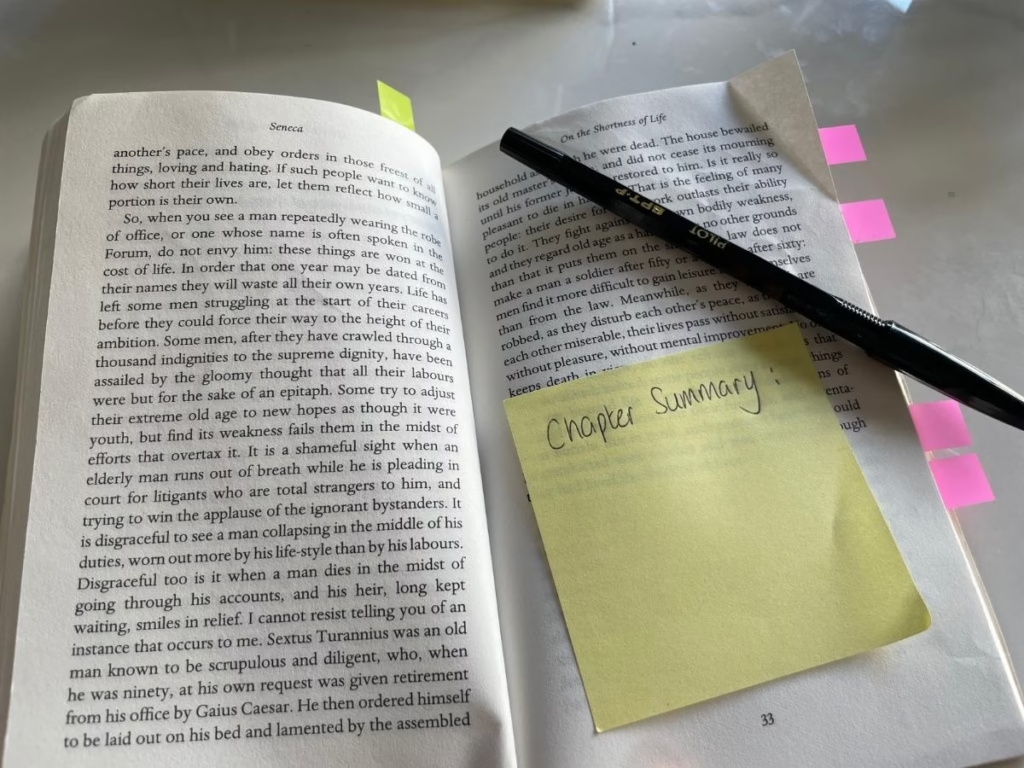
Reading gets easier when your ideas have a home. See how a Reading Matrix turns scattered thoughts into lasting insights.
5. Review the Book Regularly
One read-through isn’t enough to lock in the lessons, you need to revisit the book.
That doesn’t mean starting again from page one. Find a method that you enjoy: skim your notes, re-watch a summary, or discuss the book with a friend.
A quick review keeps the best ideas fresh.
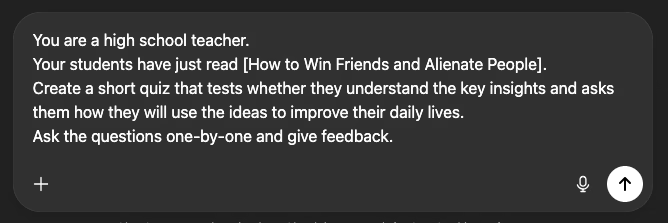
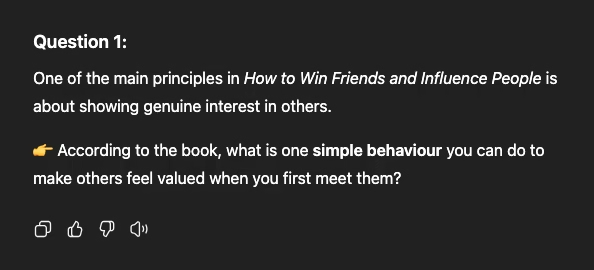
How can you apply this
- Schedule a check-in. Review highlights a week or month later.
- Re-read periodically. Revisit the whole book every few years. The same book can offer new lessons.
- Share what you’ve learned. Talking through with a friend or group reinforces memory
6. Apply the Principles at Every Opportunity
Knowledge fades if it stays on the page. The real value of a book comes when you use it.
Treat each book as a handbook for solving problems in your life.
You won’t apply every idea, but even one new habit can make the reading worthwhile.
How can you apply this
- Write it down. Capture one action you can try tomorrow. Start it with a verb.
- Do it now. When a book suggests something, pause and give it a go.
- Prioritise. Focus on the ideas that fit your life right now, not all at once.
7. Turn It into a Game
Habits stick better when they’re fun. By turning change into a game, you add accountability and keep motivation high.
Whether you’re building a good habit or breaking a bad one, rewards or playful penalties help you stay engaged.
When others are involved, your progress matters to more than just you.
How can you apply this
- Invite partners. Ask friends or family to check in and keep you accountable. Celebrate your wins together.
- Add stakes. Reward yourself for wins and use light penalties for slip-ups.
- Track progress. Use apps with streaks and charts to make growth visible.
8. Weekly Self-Examination
Many successful figures credit part of their growth to regular self-reflection.
Carnegie suggests linking weekly reviews to reading goals, ensuring that book lessons turn into real change.
This isn’t just about noticing wins, but spotting gaps and adjusting before old habits creep back.
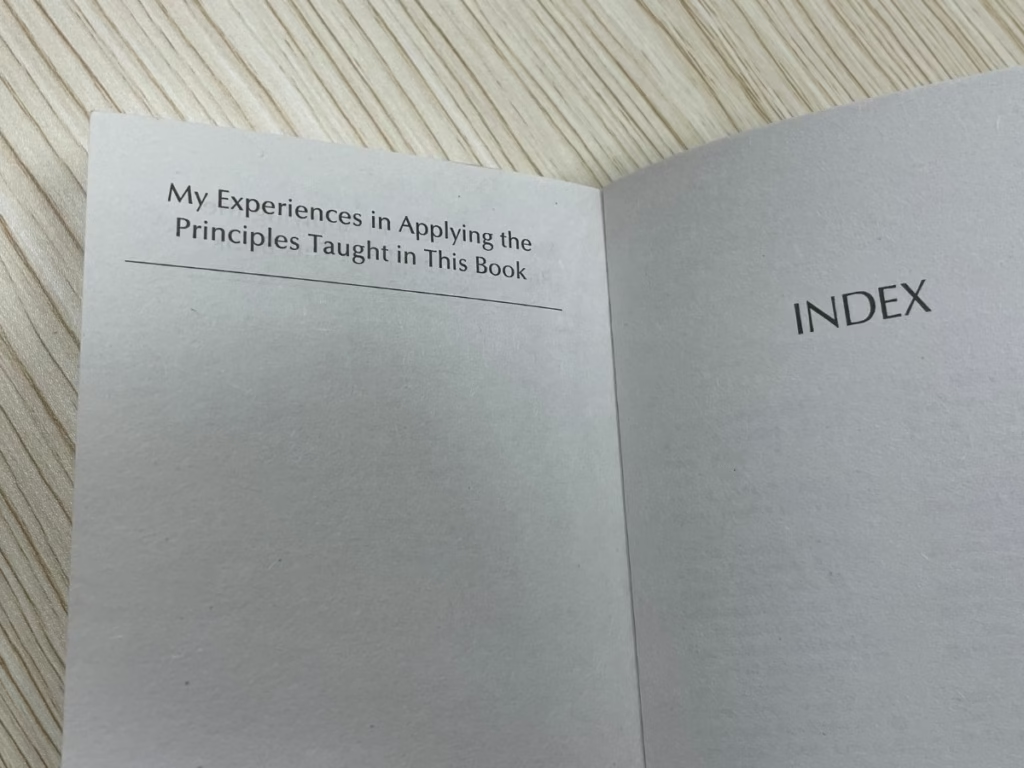
How you can apply this
- Schedule reflection. Block out 20 minutes each week for focused review. Treat this time as non-negotiable.
- Let AI guide you. Use ChatGPT prompts like: “How can I apply [book] this week?”
- Record insights. Keep notes in a journal or document to track growth. Then turn insights into action!
9. Record Your Triumphs
Broad reflection is valuable, but specific wins are what build momentum.
By recording concrete examples of successes you’ve applied from your book, you create a personal evidence bank.
Looking back on these entries reinforces positive habits and reminds you how far you’ve come.
How can you apply this
- Capture quickly. Use a notes app or notebook to log wins in the moment.
- Be specific. Record the who, when, and what of each success.
- Review daily. Revisit your list at night to boost motivation for tomorrow.
From Passive Reader to Active Learner With Carnegie’s 9 Reading Tips
Carnegie’s 9 reading tips appear before the book even begins, yet they can reshape how you read.

Some focus on remembering more, others on applying lessons to life. But all push beyond passive reading.
Whichever you choose to adopt, use the Reading Matrix Template to capture and organise your insights.
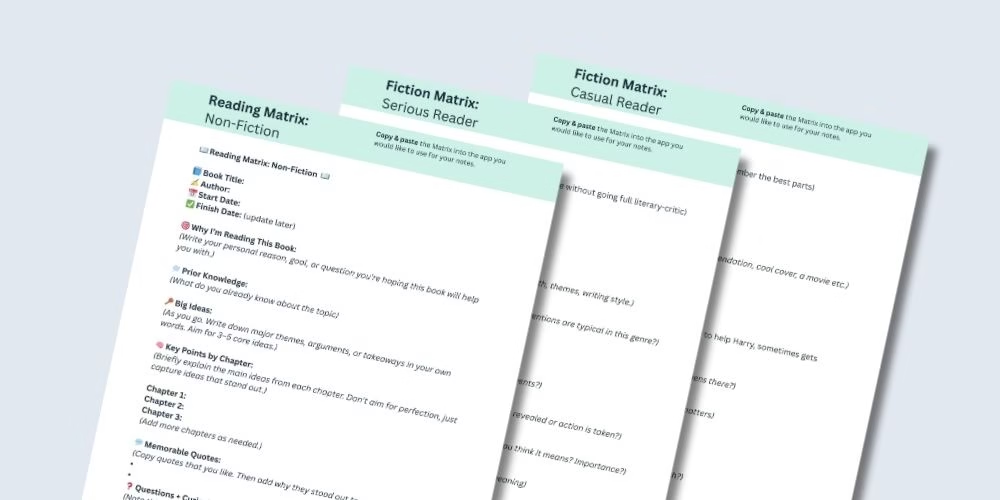
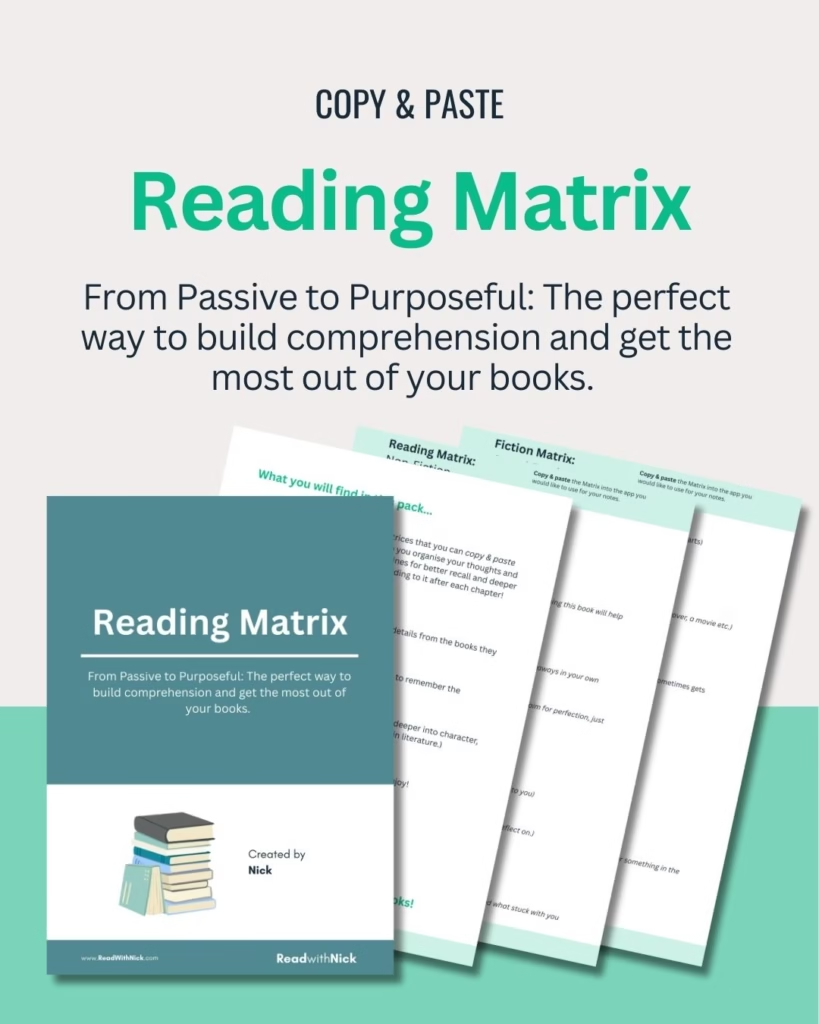
This is the template I use before starting each new book.
It helps me note key insights, remember big ideas, and apply the lessons to my life right away.
Just copy & paste the template into a notes app of your choice!
Choose your next book, decide how you’ll read it, and make every page count. Turn reading into growth you can actually see in your career, habits, and confidence.
Quick Download: Download a single page PDF with Carnegie’s 9 Reading Tips here!
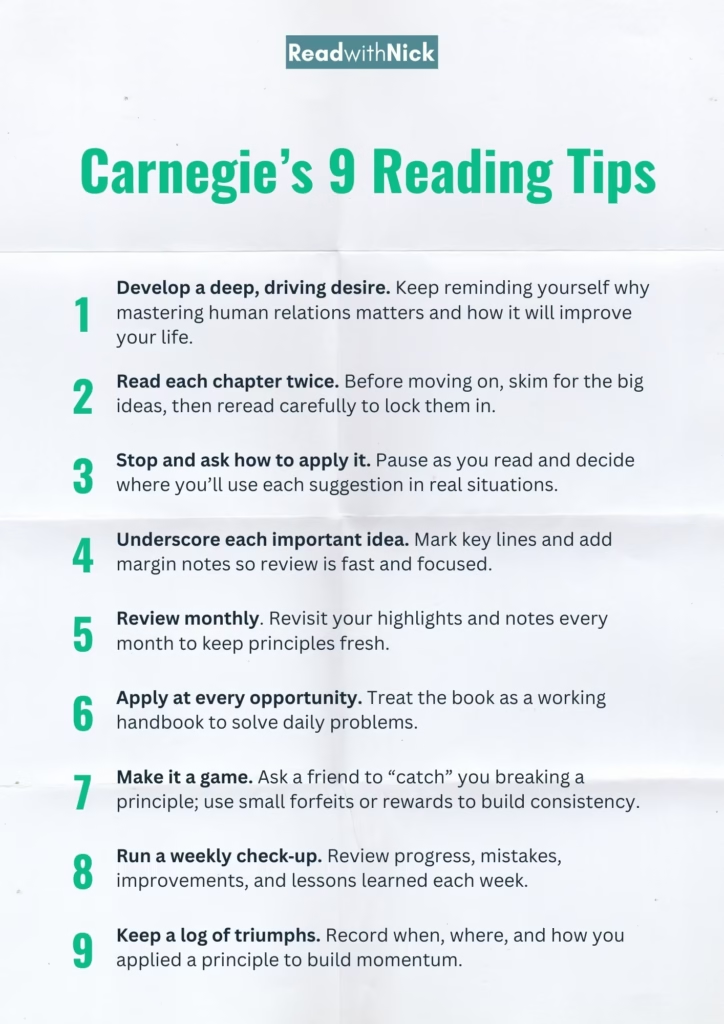
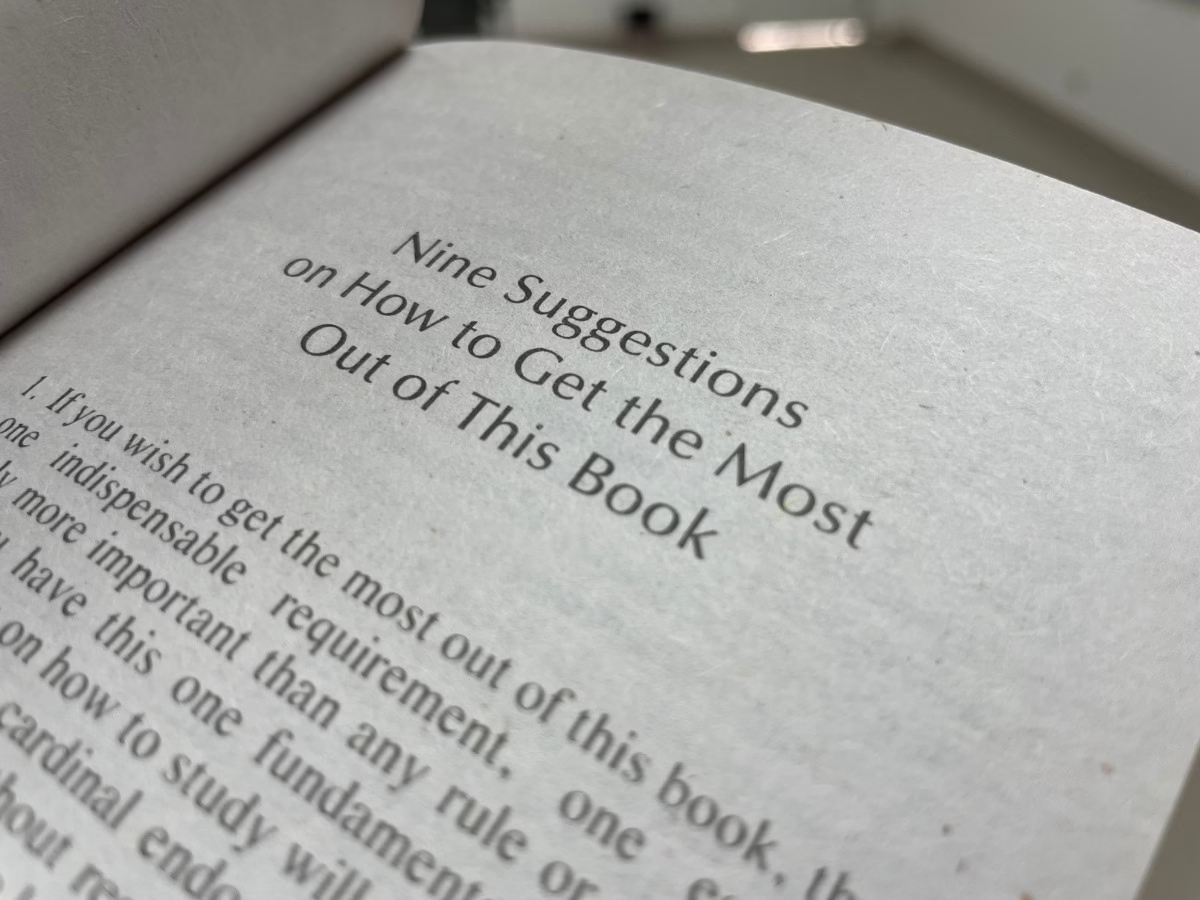
Leave a Reply